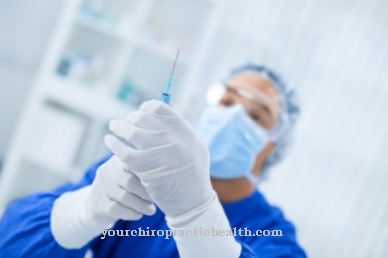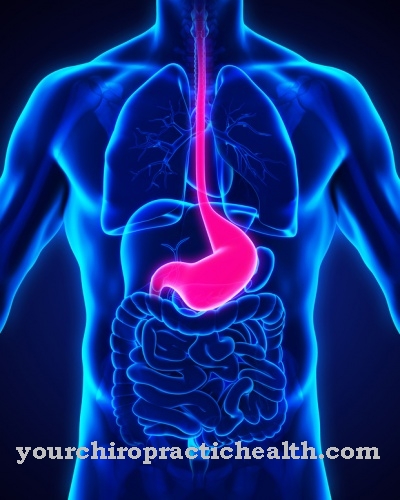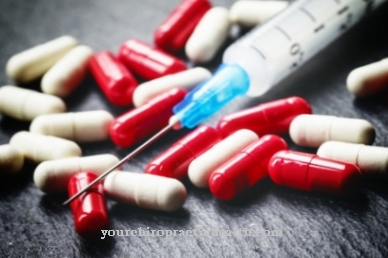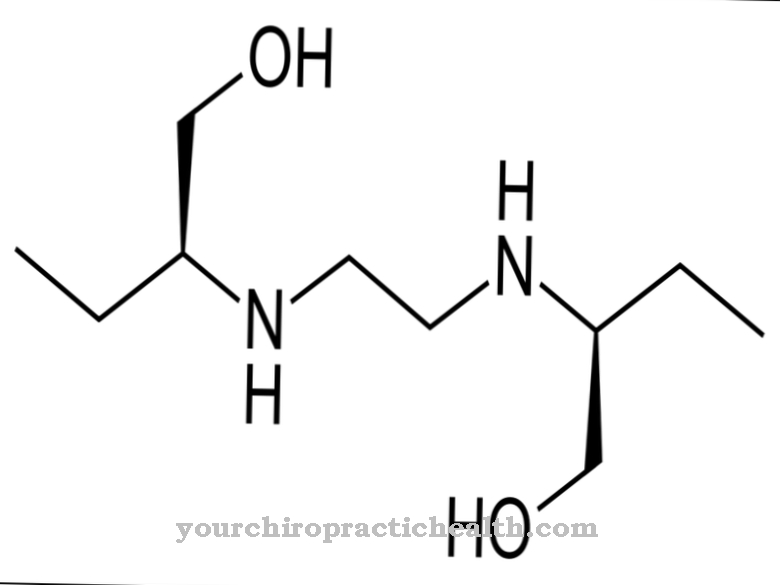Generics are drugs that, after a patent expires, are brought onto the market more cheaply by a manufacturer who is not the original developer of the drug. Since there are no research and development costs with this manufacturer, generics are equivalent to the original, but they are cheaper.
What are generics?

The approval of a drug follows an expensive development, research and approval phase. Before it is approved, it is examined for its pharmacological effectiveness, side effects and contraindications. These processes are lengthy and costly, so that not every pharmaceutical company researches and develops drugs at all. Those who go through this process will receive the patent on the drug and will be allowed to exclusively bring it to market once it is approved. The idea behind it is that the researching group should be able to generate the costs for the development again.
The patent protection lasts a maximum of 20 years and cannot be renewed afterwards, but since the patent is already running during the research phase, the developing company can actually only sell the new drug for less than 20 years on its own. After that, so-called generics can come onto the market. Generics are drugs with the same active ingredients.
Pharmacological effect
Generics are identical in their pharmacological effect to the original. In the case of generics, the composition of the drug is initially not changed; the composition of the original remains. As a result, the effects of generics can also be distinguished from further developed drugs, the composition of which may be different.
There may be differences between generics and the original in the appearance of the drug: if, for example, the developer's tablet was coated with sugar, this can be omitted with generics and replaced with a sugar-free coating. This can be crucial for people with diabetes, for example. The side effects of the active pharmaceutical ingredients are the same for generics as for the original.
Medical application & use
As long as patent protection applies to a drug, there is no alternative to the developer and manufacturer. The assumption of the costs by the health insurance company can therefore become an issue.
However, if a generic is on the market, doctors often prefer to prescribe this rather than the original, as it is cheaper. A doctor can only prescribe up to a certain amount within a quarter, which is why generics are very often used, especially in the field of antibiotics.
Nowadays there are almost exclusively no generics left in the research-intensive areas of medicine. In almost all other areas, generics are usually prescribed. Originals are the option, especially in cancer treatment or other similarly currently researched areas. Antibiotics, creams, ointments, pain relievers and similar drugs, on the other hand, are mainly available as generics. In some cases, generics do not require a prescription and can be purchased cheaply in pharmacies if required.
Risks & side effects
Due to the identical formulation, generics have no other side effects than the original drug. Which these are can be found in the package insert for the respective medication. Refinements such as a different dye in the generic than in the original do not trigger any other side effects.
The greatest risk with generics is that people know that there are generic products - but they usually do not know whether they might even be on the market. Cheap generics are often offered from Asia or other parts of the world and are marketed as genuine, approved generics, even if patent protection is still in place. The consumer may thus buy a dangerous drug that is not the same as the original. In particular, supposed generics from countries outside the EU, in which other directives apply, can therefore be dangerous and contain incomprehensible ingredients that can lead to unexpected risks.
























.jpg)



